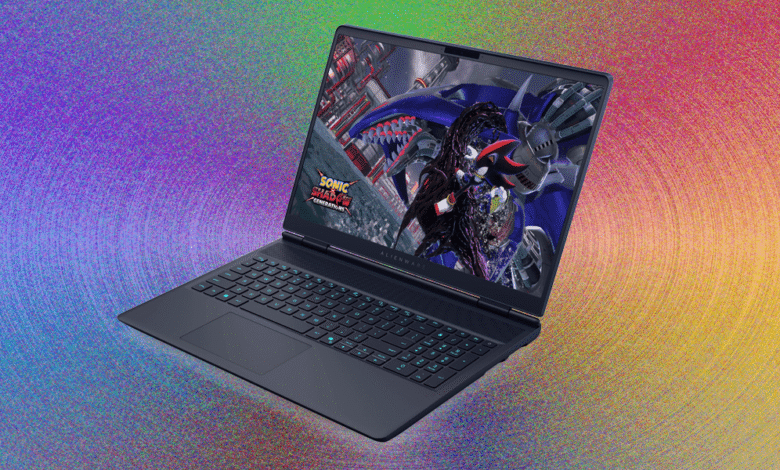Alienware 16X Aurora Review: Gaming Laptop Excellence Returns

▼ Summary
– The laptop is thicker and heavier than thin-and-light competitors, weighing 5.76 pounds and measuring up to 0.92 inches thick.
– Most ports are located at the rear, including power, HDMI 2.1, Thunderbolt 4, USB-C, and USB-A, with additional ports on the left side.
– The display is a high-quality IPS panel with a 2500 x 1600 resolution and a 240-Hz refresh rate, though it lacks OLED or Mini-LED technology.
– It supports connecting two 4K monitors at 120 Hz via HDMI and Thunderbolt 4, with HDMI recommended for gaming due to G-Sync support.
– The laptop omits an SD card slot and Thunderbolt 5 port, which are reserved for Alienware’s higher-end Area-51 configurations.
The Alienware 16X Aurora carves out its identity not as a slim competitor to devices like the Razer Blade 16 or Asus ROG Zephyrus G16, but as a robust, performance-focused machine. Its substantial build tips the scales at 5.76 pounds, with a rear profile measuring 0.92 inches that tapers to a still-considerable 0.76 inches at the front. This design makes it noticeably thicker than previous models such as the Alienware X16, though its dimensions are generally consistent with the latest Alienware M16 R2 released in 2024.
A hallmark of Alienware’s design philosophy is the strategic placement of connectivity options. The majority of ports are conveniently grouped on the rear panel, a layout that includes the power connector, an HDMI 2.1 port, a Thunderbolt 4 port, a USB-C port supporting power delivery and 10 Gbps speeds, and a standard USB-A port operating at 5 Gbps. This comprehensive rear I/O is achieved without requiring the enlarged thermal shelf seen in models like the Alienware m16. For multi-monitor setups, you can drive two 4K displays at a 120Hz refresh rate simultaneously using the HDMI and Thunderbolt 4 ports, though for the optimal gaming experience, the HDMI port is preferable as it supports G-Sync. The left side houses a headphone jack, an additional USB-A (5 Gbps) port, and an Ethernet jack. The most notable omissions are an SD card reader and a Thunderbolt 5 port, features Alienware reserves for its premium Alienware 18 Area-51 configurations.
Where the Alienware 16X Aurora truly justifies its premium positioning is through its exceptional display quality. This isn’t an OLED or Mini-LED panel like the one found on the Lenovo Legion 7i Gen 10, a technology Alienware continues to bypass, meaning HDR capabilities are not available. However, the laptop features a superb IPS display with a sharp 2500 x 1600 resolution and an incredibly smooth 240Hz refresh rate. While pushing frame rates beyond 200 fps at the native resolution can be challenging for many games, the ability to run games at a lower 1200p resolution provides a practical solution for achieving higher performance when needed.
(Source: Wired)
